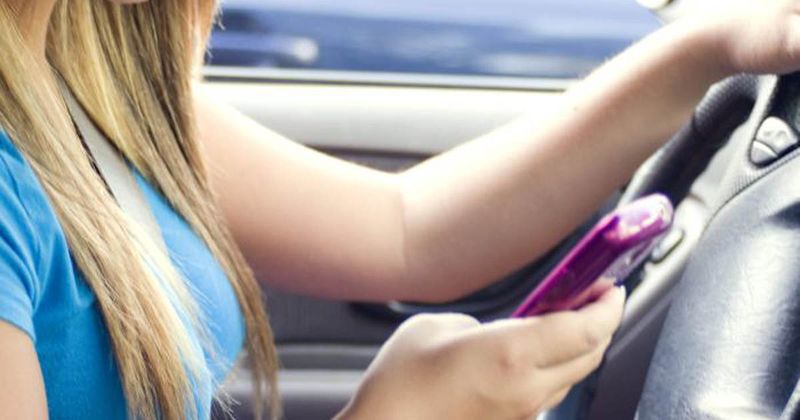Reaction time, decision-making altered in adolescent drivers with concussion
Key takeaways:
- Researchers analyzed 34 adolescents with and without concussion in a distracted-driver simulation.
- Those with concussion had more trouble with decision-making and reaction times than those without.
PHILADELPHIA — Adolescents who sustained a concussion registered altered reaction time and decision-making when asked to execute basic maneuvers during a distracted driving simulation compared to those without, according to a presenter.
“Approximately 1 to almost 2 million children under the age of 18 in the United States are diagnosed with a concussion annually,” Catherine M. McDonald, PhD, RN, FAAN, associate professor of pediatric nursing and co-director of the Penn Injury Science Center at the University of Pennsylvania, said at the American Neurological Association annual meeting.

“There is a general consensus that driving should be restricted within the first 24 to 48 hours post injury.”
To test the reaction time of adolescents of driving age who recently sustained a concussion, McDonald and colleagues created a driving simulation study that sought to quantify cognitive demands of driving in both uninjured and concussed young persons by measuring kinematic performance and prefrontal cortical activation patterns as neural efficiency.
The study included 34 individuals (mean age 17.6 years; 88.2% girls), split evenly between those who were not concussed and those who sustained a concussion within 28 days of participation. Among those with concussion, 14 had returned to driving by the time of the study.
Drivers were tasked with performing a simulated driving event with a cell phone distraction, texting distraction and map-examining distraction and were tested on straightaway, left turn and rear-end vision and reactions for each of those scenarios.
Results showed that adolescents with concussions were going back to driving within a week, when a safer estimate might be a minimum of 10 days, and that more complex driving scenarios appeared to be more difficult to process for those who were previously injured.
Driving performance before the cell phone call was even across both groups. Performance was varied once the distractions appeared for all participants, with reactions in straightaway driving evenly distributed but prefrontal cortex activation significantly favoring the uninjured group on left turns and rear-end analysis when a phone call was received. In terms of neural efficiency, analysis heavily favored the uninjured group in all three situations.
McDonald posited an app, called “Way to Drive,” which offers daily symptom monitoring and on-road driving data, could help parents and young drivers more closely track how they feel and how they drive, to ensure best results for all involved.
“What we know is, adolescents with concussions are going back to driving within a week after injury,” McDonald stated. “Complex driving scenarios may be more difficult for them and so we hope to learn ... how much they’re self-regulating or what parents may be doing to help them change driving habits.”
